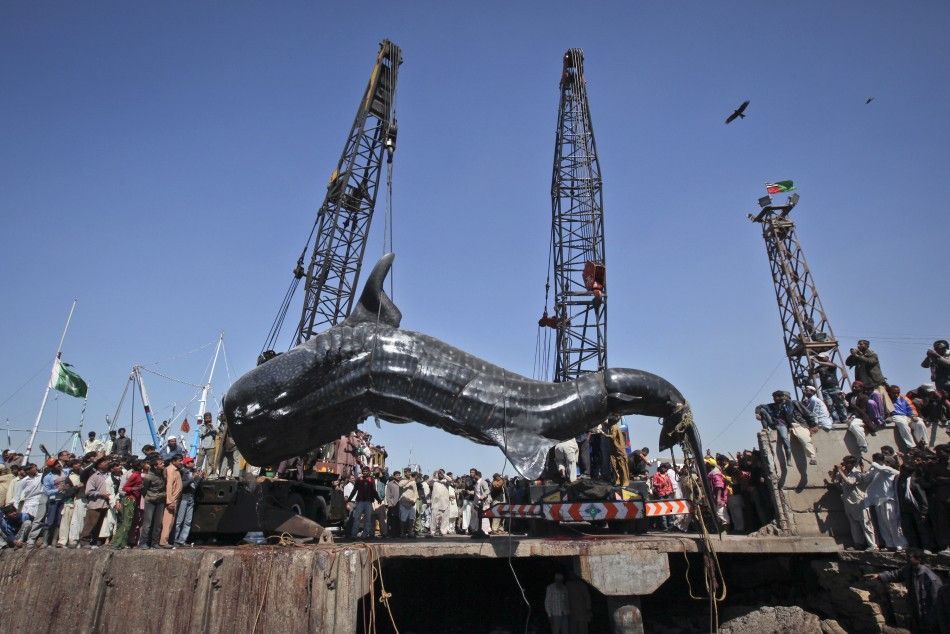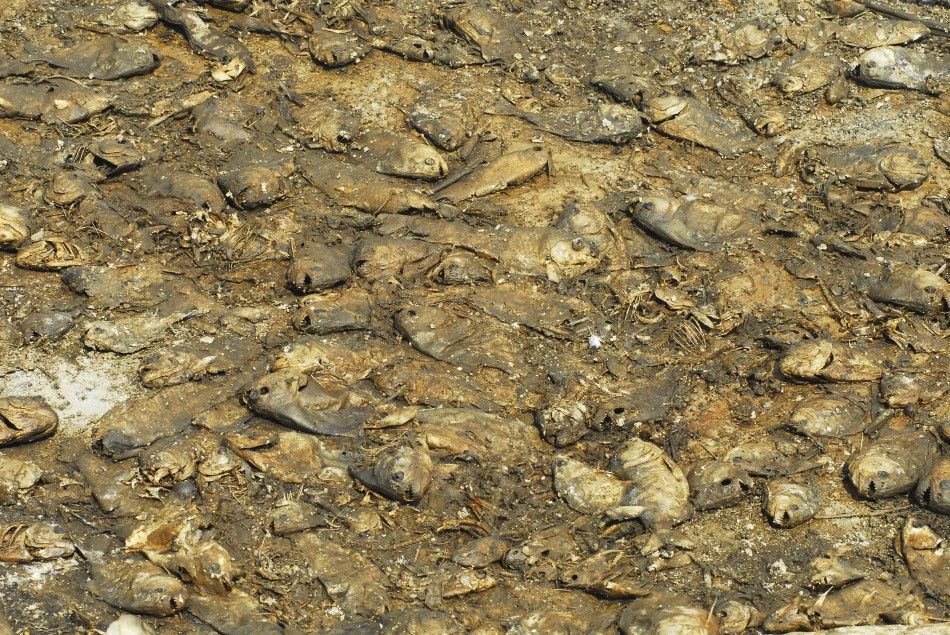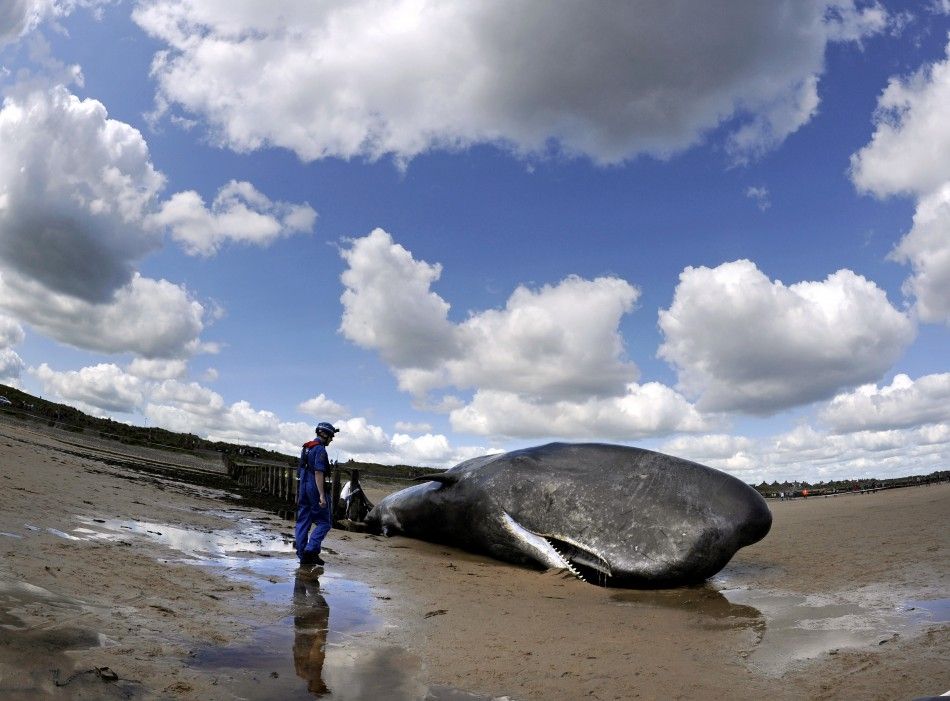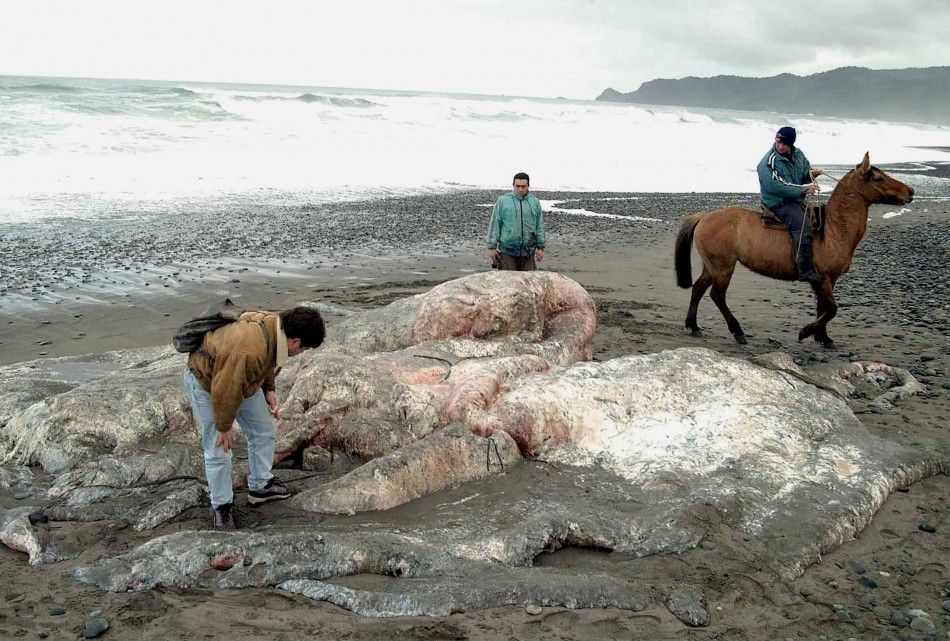Whale Shark and Other Sea Creatures That Have Washed Up on Shore [Slideshow]
A Pakistani fisherman caught a giant whale shark in the open sea, and brough it to the Karachi Fish Harbour. How giant was this whale shark? ABC reports that the deep sea creature is 40-50 feet long, and six feet wide.
Mehmood Khan, owner of Charai Fishery, said that they had spotted the whale shark unconscious 10 days ago. At that time it had been around 93 miles away from the fishery. The whale shark is usually found in deep warm oceans, said ABC. The creature, which can live to be around 70-years-old, mainly feeds on plankton, microscopic plants and occasionally small fish, said the news source.
It took two cranes and several hours to lift the whale shark out the water. The deep sea creature sold for 1.7 million rupees ($18,750).
While this whale shark may be huge and rarely seen, it joins many other sea creatures that have unfortunately been washed up on the beaches. Some of the deaths of these animals may be a mystery, but many can be related back to drought and humans.
A study by Baylor University showed that drought conditions not only affect water levels, but also water quality. Chemicals, like ammonia, can be more toxic during drought conditions. The study found that when pH levels shift, ammonia in the water can become toxic and affect the fish.
According from the National Oceanic and Atmospheric Administration, 80 percent of pollution to marine life comes from the land. Nonpoint source pollution is the largest cause, which includes septic tanks, cars, trucks, and boats. Farms, ranches, and forest area also contribute to the nonpoint pollution. Oil pollution is also a large killer of sea life. Rough seas spread the oil through the marine environment, as well as to the fish or birds that eat an oil-poisoned animal.









© Copyright IBTimes 2024. All rights reserved.




















